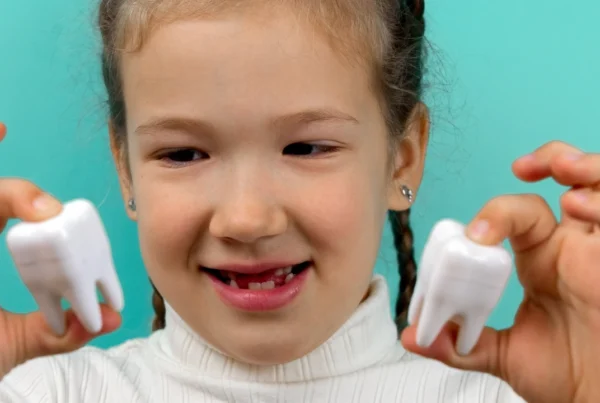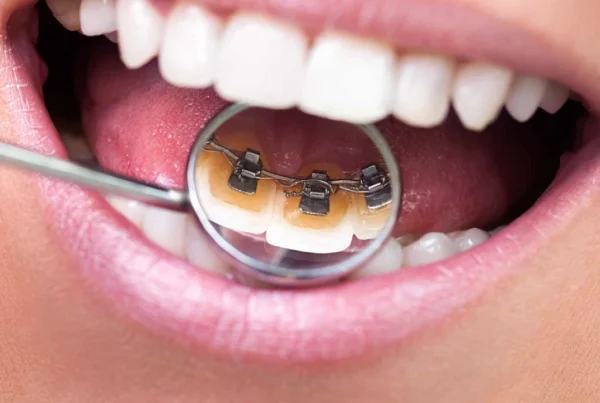After a tooth extraction, it’s completely normal to experience some swelling, mild pain, or sensitivity around the treated area. This reaction is a part of your body’s natural healing process and usually doesn’t last long. Understanding how long swelling lasts and what helps reduce it can make your recovery much more comfortable.
Why Does Swelling Occur After a Tooth Extraction?
When a tooth is removed, the surrounding tissues — including the gums and bone — are slightly traumatized. In response, your body increases blood flow to the area, which triggers inflammation and swelling. This is a natural immune reaction that helps initiate healing and protect the site from infection.
The amount of swelling may vary depending on the difficulty of the extraction, the location of the tooth, and individual healing capacity. For example, wisdom tooth extractions or surgical removals often result in more noticeable swelling compared to simple extractions.
Typical Duration of Post-Extraction Swelling
In most cases, swelling peaks within the first 24 to 48 hours after extraction. It may begin to subside by the third day and continue improving throughout the week.
By day 5 to 7, most patients notice that the swelling has almost completely disappeared.
However, recovery time can differ based on the type of procedure and how well post-operative care instructions are followed. If swelling persists beyond one week or becomes worse over time, it could indicate an infection or other complication that requires professional evaluation.
How to Reduce Swelling After Tooth Extraction
The first 24 hours after extraction are crucial. Applying a cold compress or ice pack to the outside of your cheek for 15-minute intervals can significantly reduce swelling and discomfort.
This method constricts blood vessels, minimizing inflammation and helping control pain.
Additional care tips include:
- Keep your head elevated when lying down to prevent fluid buildup.
- Avoid hot foods or drinks during the first day.
- Stick to soft, lukewarm meals and plenty of hydration.
- Follow all prescribed medications, especially antibiotics and pain relievers.
Starting from the second day, gentle warm saltwater rinses can help keep the area clean and promote healing — but avoid forceful rinsing in the first 24 hours.
Habits That May Slow Down Recovery
Some behaviors can delay the healing process or worsen swelling:
- Smoking or using tobacco products
- Drinking through a straw
- Touching the surgical site with your tongue or fingers
- Intense physical activity in the first few days
These actions can dislodge the protective blood clot that forms inside the socket, potentially leading to a painful condition called dry socket.
When to Contact Your Dentist
You should contact your dentist if:
- Swelling lasts more than 7 days
- The pain increases instead of improving
- You notice fever, bad taste, or difficulty opening your mouth
Persistent or worsening symptoms may signal infection or inflammation that needs treatment. At Dişçim İstanbul, our dental specialists monitor the healing process closely and provide personalized aftercare guidance to ensure a smooth recovery.





